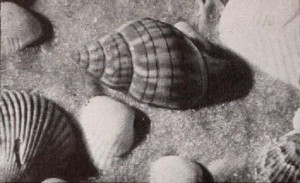
"You may have wandered idly along the seashore and picked up an attractive seashell, but, unless you are a conchologist, you will never know how far an interest in shells will carry you, until you have seen Jewels of the Sea, by W. W. Vincent, jr. This film is a story of collecting seashells. It tells, with freshness and enthusiasm, how shells are discovered on the shore, how they are cleaned and prepared for preservation and how they are studied. On the west coast of Florida, we see hunters searching for specimens ; we visit a shell shop and the home of a collector. The camera, plus color film, reveals the beauty of the specimens and presents intriguing mysteries, for some of the shells were built by mollusks that have never been seen alive. The source of their irridescent beauty is entirely unknown. Jewels of the Sea does not pretend to be an educational film about zoology, but it is informative as well as entertaining, and it is distinguished by flawless camera work." Movie Makers, Dec. 1943, 457, 474.
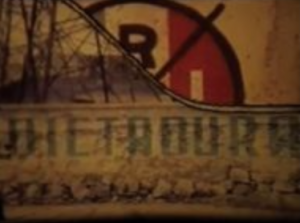
"La película realizaba un montaje lúdico al yuxtaponer los mensajes políticos oficiales escritos en las bardas de la ciudad con imágenes o textos que los ironizaban o alteraban su sentido. El título viene de un juego de palabras con el fraseo de las sílabas "Mé-xi-co" / jí-ca-ma", que solían usarse entonces como porra en los partidos de fútbol de la selección nacional" (Vázquez Mantecón, 2012).
"The movie had a playful montage by juxtaposing official political messages written in walls around the city with images or text that ironized them or altered their meaning. The title comes from a word game that played with the phrasing of the syllables "Me-xi-co / ji-ca-ma", a popular chant during the national team soccer games of the time" (Vázquez Mantecón, 2012).
Amateur news film about the outbreak of the Manchurian Incident in 1931. "Jikyokubin consisted of a set of eight news films, including titles such “Jihen hassei chokugo no Hōten” (Mukden right after the Incident), “Aikokugō o mukau!” (Welcoming patriotic aircrafts!), and “Manshūkoku no kensetsu o iwau” (Celebrating the establishment of Manchukuo). Six out of the eight films were made by Imai, and the rest were shot by two other members of the small-gauge film society at Manchuria Medical College." - Noriko Morisue, "Filming the Everyday: History, Theory, and Aesthetics of Amateur Cinema in Interwar and Wartime Japan" (Yale University: PhD Dissertation, 2020): 188.
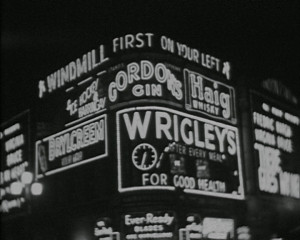
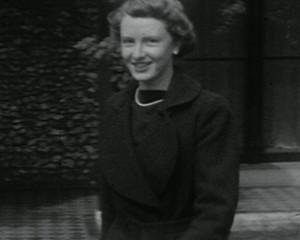
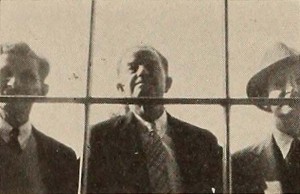
"In their adroitly handled John Doe, Citizen, Frances Christeson and Harry Merrick have produced a photoplay of politics in city government that can be compared to a theatrical picture in dramatic values and clarity of treatment. Designed to teach students the value of the vote, the danger of neglecting to understand the issues in city affairs and some of the methods by which machine politicians keep themselves in power, this picture also shows how well amateurs can handle a serious film in dramatic form. Particularly notable, from the movie maker's viewpoint, is how cleverly and effectively the producers have circumvented such apparently insurmountable problems as showing a crowded town meeting in a large auditorium, night airplane shots of rows of homes with lighted windows and the construction of a new sea wall on the city's waterfront. Needless to say, these sequences were not handled by means of large studio sets and hundreds of extras; but they are just as effective as if they had been, and therein lies the genius of these remarkable movie makers." Movie Makers, Dec. 1938, 597.
"A fictional account of an election as it might occur in a small city. Illustrates the indifference of the average citizen to public affairs and emphasizes that if the government is not run by the people the government will run them." Educational Film Guide, 1953, 367.
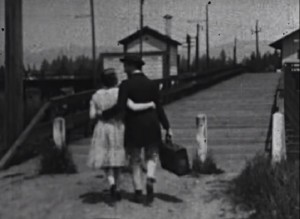
"Amateur narrative about a young farmer visiting the big city of Portland, Oregon." Center for Home Movies.
"Leo Caloia unlimbered his new Auricon sound camera to produce much of this picture and all of its sound track, but tighter editing as well as better direction would have greatly inproved the result. The continuity has to do with a couple, seen washing the supper dishes, discussing a proposed vacation, for which they have been putting money in a joint bank account. As they discuss the various places they would like to visit, there follow a number of scenes of each, then the camera cuts back to the discussion. The wife is summoned to the door by the mailman, receives a bill from a sporting goods store. She questions her husband about it and he confesses to having spent the proceeds of their bank account for a new set of golf clubs." American Cinematographer, May. 1951, 192.
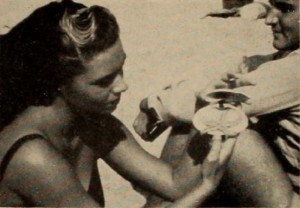
"By a facile blending of warm hearted humor and a keen perception of human interest values, George Mesaros has created a film study of a famous beach in New York's metropolitan area that is replete with interest, information and entertainment. His technical skill and knowledge of what makes a motion picture move prevent this from being the dull collection of random shots all too frequently characteristic of this genre subject. Employing himself as a frenzied and frustrated shutterbug and a filming friend as plain Joe Doakes at the beach with his wife, a lunch and box camera, Mr. Mesaros proceeds to examine with interest and obvious affection the thousand and one attractions of the Long Island resort. An excellent musical score and a brief commentary help to integrate the compact 700 feet of the film's lively length." Movie Makers, Dec. 1949, 454.
Total Pages: 299